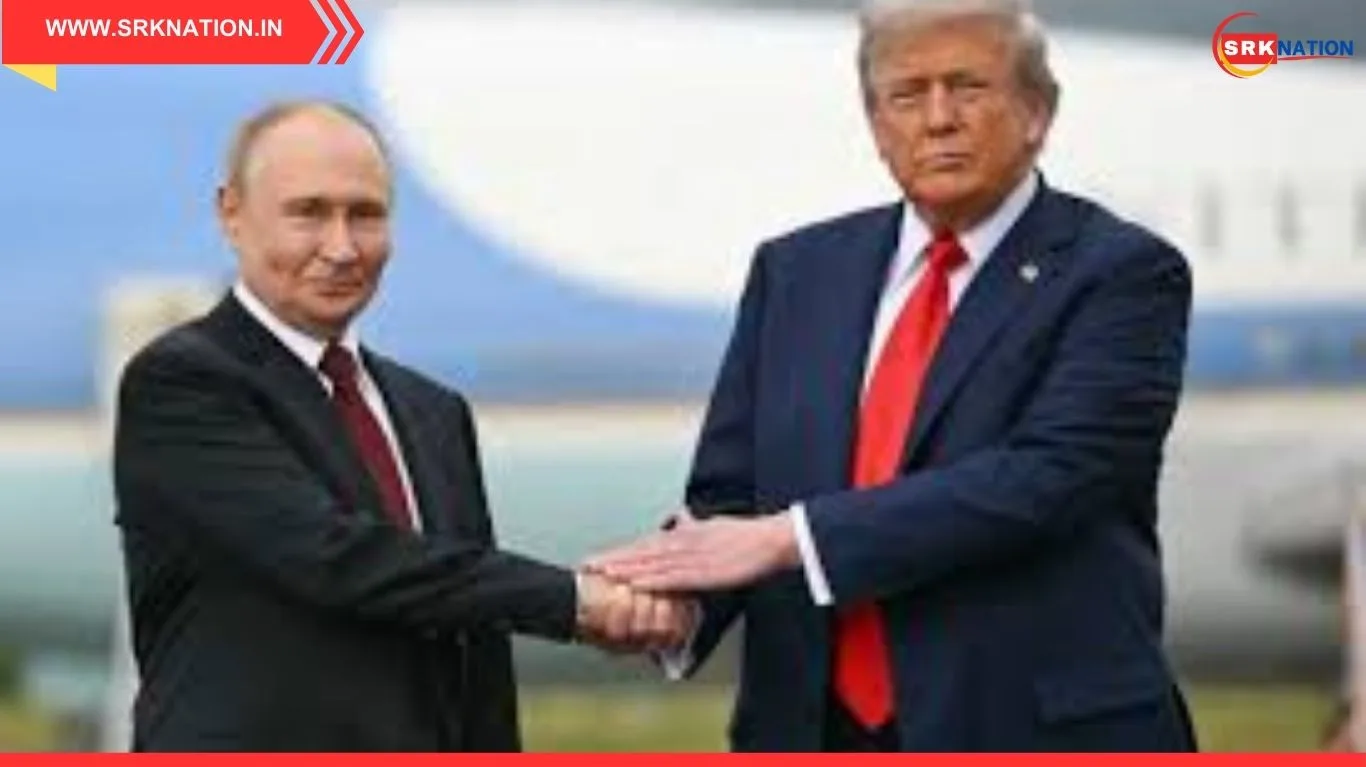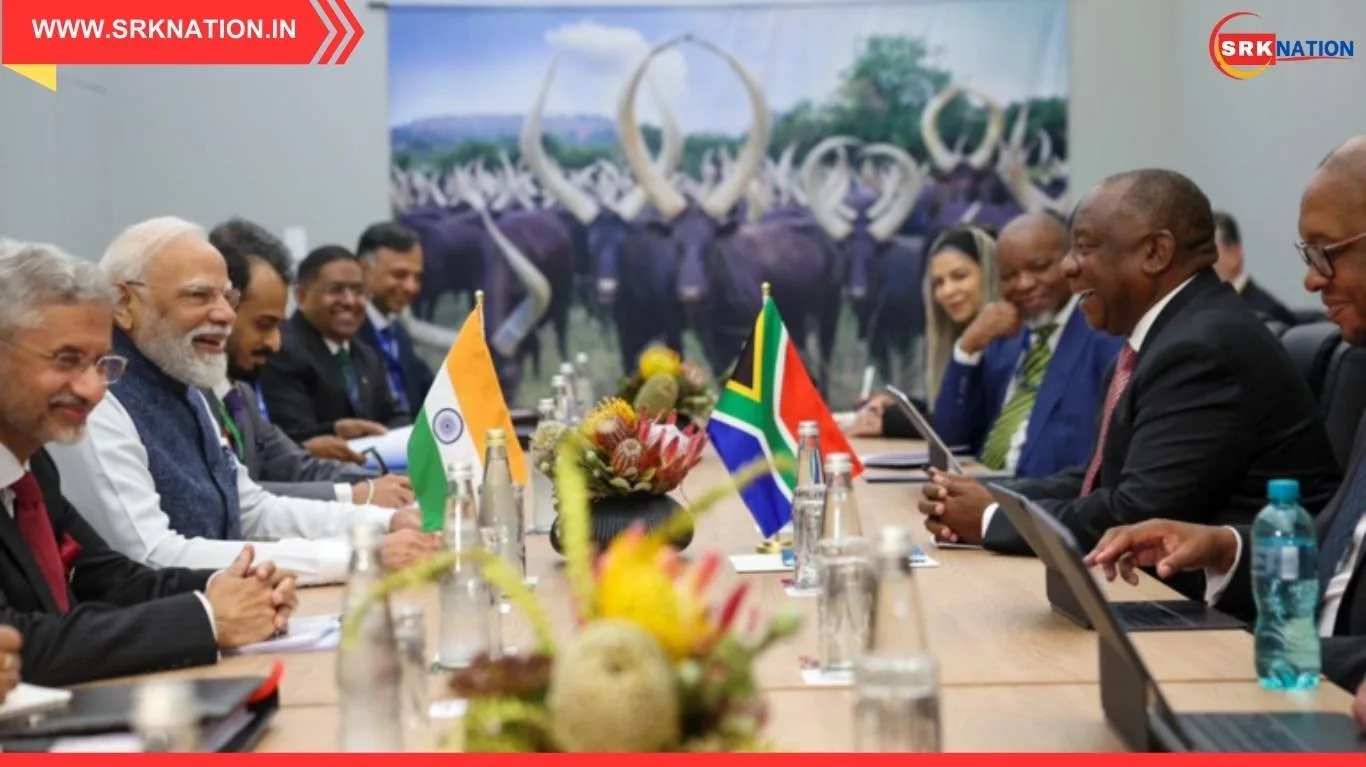Former U.S. President Donald Trump’s recent tariff policies have sparked concerns about their potential impact on Indian markets. The tariffs, aimed at realigning trade dynamics, could pose challenges for key Indian industries while simultaneously making certain imported goods more affordable for Indian consumers.
Impact on Indian Markets
Trump’s reciprocal tariffs target countries imposing higher levies on U.S. goods, including India. With India charging an average tariff of 9.5% on U.S. imports compared to the 3% levied by the U.S. on Indian goods, sectors like automobiles, pharmaceuticals, textiles, and steel are at risk. Experts warn that these tariffs could lead to financial losses of up to $7 billion annually for India, affecting its export competitiveness.
The Indian stock market has already shown signs of volatility, with the Nifty index down by 14% from its peak. Foreign Institutional Investors (FIIs) have pulled out over $15 billion from Indian equities in 2025 alone, further weakening the rupee and raising concerns about economic slowdown.
Goods Getting Cheaper
While the tariffs may hurt Indian exports, they could also lead to price reductions for certain U.S. imports. Products like iPhones and Harley-Davidson bikes are expected to become more affordable in India due to tariff adjustments. For instance, the price of an iPhone in India, which currently starts at ₹43,999 for older models, could see a significant drop. Similarly, Harley-Davidson bikes, with prices ranging from ₹2.39 lakh to ₹41.79 lakh, may become more accessible to Indian consumers.
Broader Implications
The tariffs have reignited debates about global trade policies and their impact on emerging markets like India. While the Indian government is exploring measures to mitigate these challenges, including tariff rationalization and trade negotiations, the long-term effects remain uncertain.
As the situation unfolds, Indian consumers may benefit from lower prices on select goods, even as the broader economy grapples with the repercussions of these trade policies.











